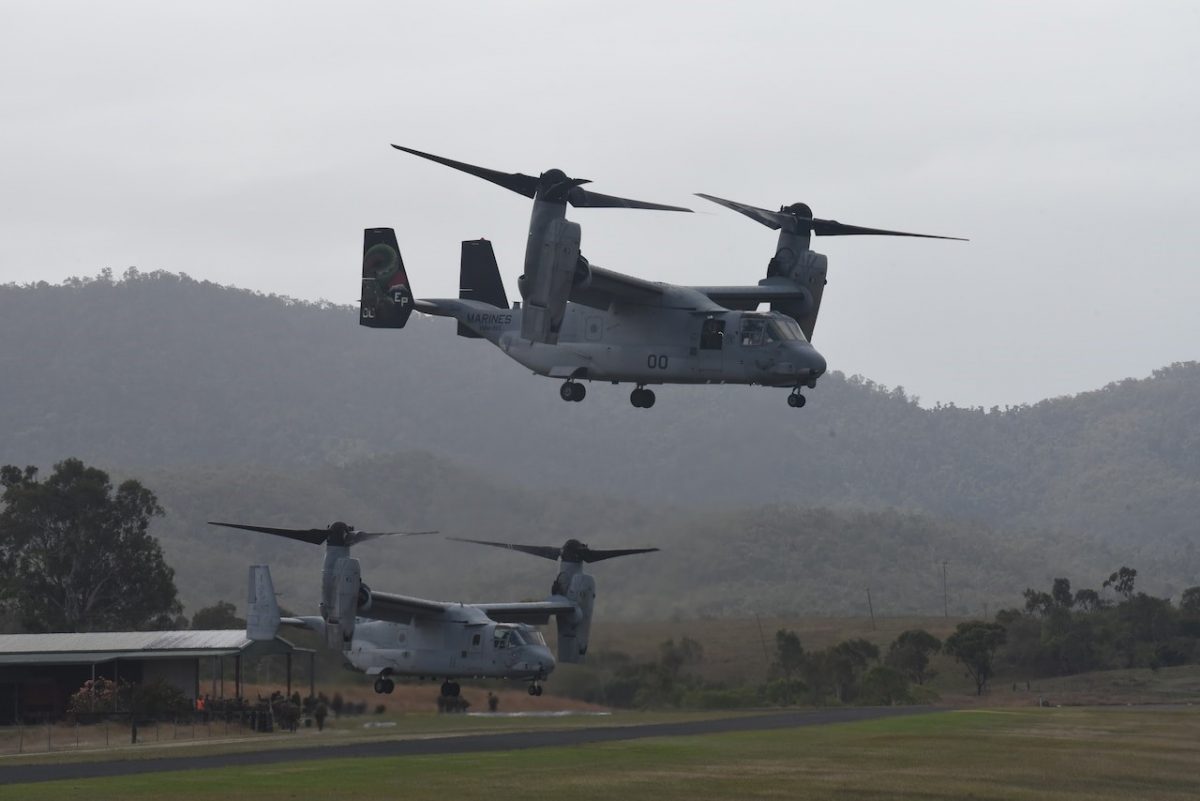As the threats from China gain in intensity, U.S-Australian relations grow increasingly vital.
In June, an Australian Strategic Policy Institute study noted that “China’s military build-up is a big … problem, and it has long been large enough to, in and of itself, increase the potential for military conflict in the region, if only because it encourages other countries to modernize their military forces… it has taken several years of naked aggression and overt bullying from Beijing alongside that military build-up to show clearly how Australia’s interests and the global rules-based order could in the future be permanently undermined…To most observers of international politics in Asia, it’s now clear that China’s leaders won’t be satisfied until the United States is kicked out of the region, preferably unceremoniously, and Beijing has secured the unquestioning respect of all those left behind…From this analytical starting point, it is hard to view China as anything other than an enduring national security threat to Australia.”
In April, noted a Voice Of America report, an unclassified version of a major defense study recommended that Australia buy longer range missiles to counter China’s growing threat to ‘the global rules-based order in the Indo-Pacific… The review …warn(s) that Beijing’s rapid military build-up and its territorial ambitions in the South China Sea threaten Australia’s security. The review also details concerns that the Australian Defense Force is not equipped for modern warfare’s “missile age” and that Australia is no longer protected by its geographic isolation.
Measures have been taken to address the crisis.
In September 2021, leaders of Australia, the United Kingdom, and the United States announced the creation of an enhanced trilateral security partnership called “AUKUS.” AUKUS is intended to strengthen the ability of each government to support security and defense interests, building on longstanding and ongoing bilateral ties. It will promote deeper information sharing and technology sharing; and foster deeper integration of security and defense-related science, technology, industrial bases and supply chains.
The two countries have taken significant steps to pave the way for closer defense and security ties. These have included the annual rotation of Marines to Darwin, which completed a twelfth year of exercises in 2023, and enhanced rotations of U.S. Air Force aircraft to Australia. Additionally, they signed the U.S.-Australia Force Posture Agreement at the annual Australia-United States Ministerial Consultations (AUSMIN) in August 2014. In October 2015, the U.S. and Australian defense agencies also signed a Joint Statement on Defense Cooperation to guide future cooperation. Finally, in 2021, the United States and Australia led their ninth Talisman Saber, a biennial joint military exercise designed to ensure and demonstrate the ability of the two defense forces to work together with the highest levels of interoperability.
In March, AUKUS partners announced an optimal pathway to produce a nuclear-powered submarine capability in Australia at the earliest point.
The cooperation extends to air power, as well. Australia has a major role in the production of the F-35 fighter, which is transforming the defense posture of the U.S., Japan, and Australia in the Indo-Pacific.
Key training activities have been conducted to increase the ability of the nations’ militaries to work closely together
In July, several hundred U.S. Marine Corps infantrymen of the 31st Marine Expeditionary Unit landed on the beach at Midge Point in Queensland, Australia.
With them were trucks, spare parts, mechanics, fuel, communications gear and everything else needed to support the infantry in a fight as part of Exercise Talisman Sabre 2023 — the U.S.-Australia exercise that included a dozen other partner nations.
When Marines came ashore in Navy landing craft air cushions, or LCACs as they are better known, they took with them all the supplies and other materiel needed to push inland against entrenched enemy forces in the exercise scenario, he said. It’s getting back to the roots of what the Marine Corps does best, he said: sustaining themselves in austere, contested environments and moving quickly to secure objectives without waiting for the logistics tail to catch up to the fighters.
Photo: Several hundred U.S. Marine Corps infantrymen of the 31st Marine Expeditionary Unit landed yesterday on the beach at Midge Point in Queensland, Australia. (DoD)
